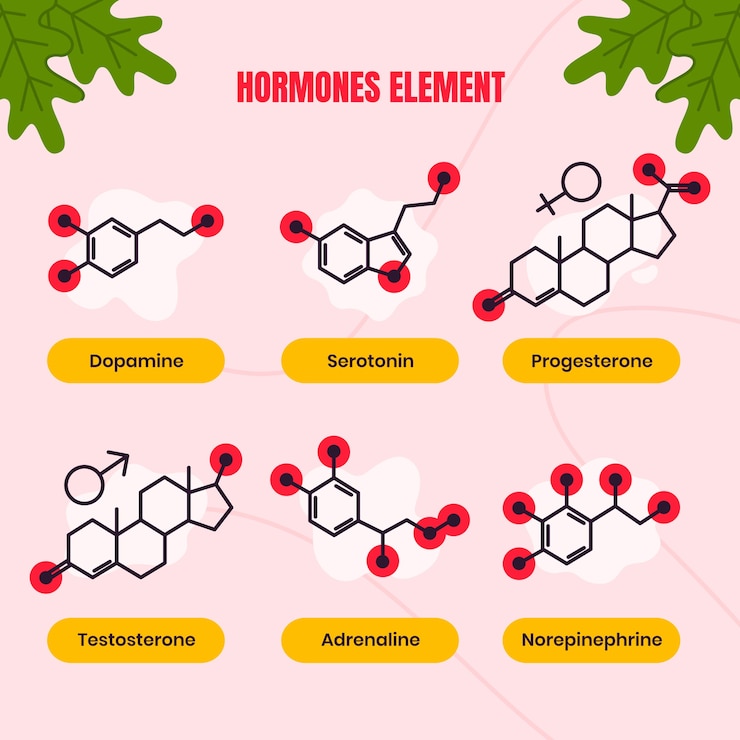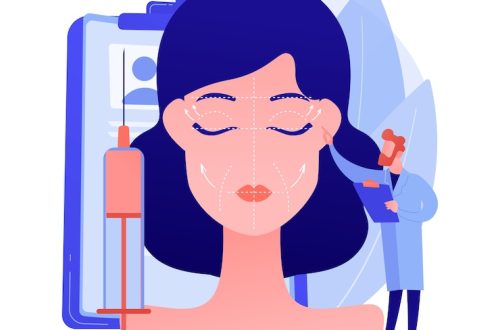
Dealing with a personal injury can feel overwhelming, both physically and emotionally. The discomfort, pain, and changes to daily life can take a heavy toll. However, surgery is not the only solution. Many non-surgical methods can help manage pain and aid recovery. This overview explores several effective approaches, highlighting options that provide comfort and hope, such as targeted pain relief injections.
Navigating recovery involves understanding non-surgical treatments that support healing while minimizing risks. From physical therapy and medication to mind-body techniques, assistive devices, and specific procedures, there are numerous ways to manage pain and regain quality of life.
The Value of Non-Surgical Treatments
Surgery is often seen as the default option for dealing with injuries certain medical conditions. However, it’s important to consider that non-surgical approaches can often provide viable alternatives. These methods are less invasive and typically come with fewer risks, quicker recovery times, and improved overall patient experiences.
Non-surgical strategies help pain sufferers recover in a way that feels less daunting. They offer a gentler path to healing, allowing patients to reclaim their well-being with significantly fewer obstacles.
Physical Therapy
Physical therapy is a cornerstone of recovery for personal injury patients. This tailored approach focuses on improving strength, flexibility, and mobility through targeted exercises and techniques. Skilled physical therapists create personalized rehabilitation plans that gradually restore normal function and alleviate pain.
Aside from physical benefits, physical therapy helps patients feel in control of their recovery process. It encourages active participation, fostering independence and confidence. Recovery becomes more manageable, and patients regain control of their bodies without needing invasive procedures.
Managing Pain with Medication
Medication plays an important role in pain management for personal injury patients. Common options include non-steroidal anti-inflammatory drugs (NSAIDs), muscle relaxants, and pain relievers. These help ease pain and reduce inflammation effectively.
That said, it’s vital to use medication responsibly. Long-term or excessive reliance on painkillers can lead to unwanted side effects, which is why healthcare professionals should oversee medication use. Proper oversight ensures the right balance between relief and safety.
Injections for Pain Relief
Targeted pain relief injections can be highly effective. These treatments deliver medication directly to the affected area, offering quick and localized relief. For example, epidural steroid injections can help with back and neck pain, while nerve blocks are useful for chronic headaches and neuropathic pain.
These injections are typically administered by skilled professionals and are part of broader pain management plans. When combined with physical therapy and other treatments, they improve mobility and enhance the patient’s overall quality of life.
Interventional Procedures
Minimally invasive interventional procedures target the root cause of pain, offering another non-surgical option for relief. Techniques such as nerve blocks, epidural injections, and joint injections can focus specifically on the problematic area, providing localized and effective pain relief.
Although these treatments may not offer a permanent solution, they can significantly reduce pain, making it easier for patients to participate in other therapies. Over time, this helps rebuild physical function and mobility.
Mind-Body Techniques
The human mind is a powerful ally in coping with pain. Mind-body strategies like yoga, meditation, and biofeedback help patients cultivate mental resilience and emotional well-being. These techniques reduce stress, boost pain tolerance, and promote relaxation.
Incorporating mind-body approaches into a recovery plan can complement other non-surgical treatments, offering benefits that go beyond physical health. This holistic approach helps patients find balance and strength during the healing process.
Assistive Devices and Rehabilitation Tools
For many personal injury patients, regaining independence is a key goal. Assistive devices such as crutches, braces, wheelchairs, and prosthetics play a huge role in making everyday activities manageable again. These tools support recovery by improving mobility and allowing patients to re-engage with normal life.
When combined with other non-surgical methods, these aids help individuals regain confidence and control, enabling them to return to the activities they value most.
The Road to Recovery Without Surgery
Surgery isn’t always the answer to managing pain from personal injuries. Non-surgical options like injections, physical therapy, and mind-body techniques offer effective ways to heal while keeping risks low. These approaches not only address pain but also support a patient’s overall well-being, giving them the tools they need to move forward.
While these methods can make a significant difference, professional guidance is essential to find the most appropriate treatment. By working closely with healthcare providers, patients can explore their options and create a recovery plan that suits their needs.
Recovering from a personal injury is a journey, but with the right non-surgical treatments, it’s possible to overcome challenges and reclaim your life—step by step, with resilience and determination.




